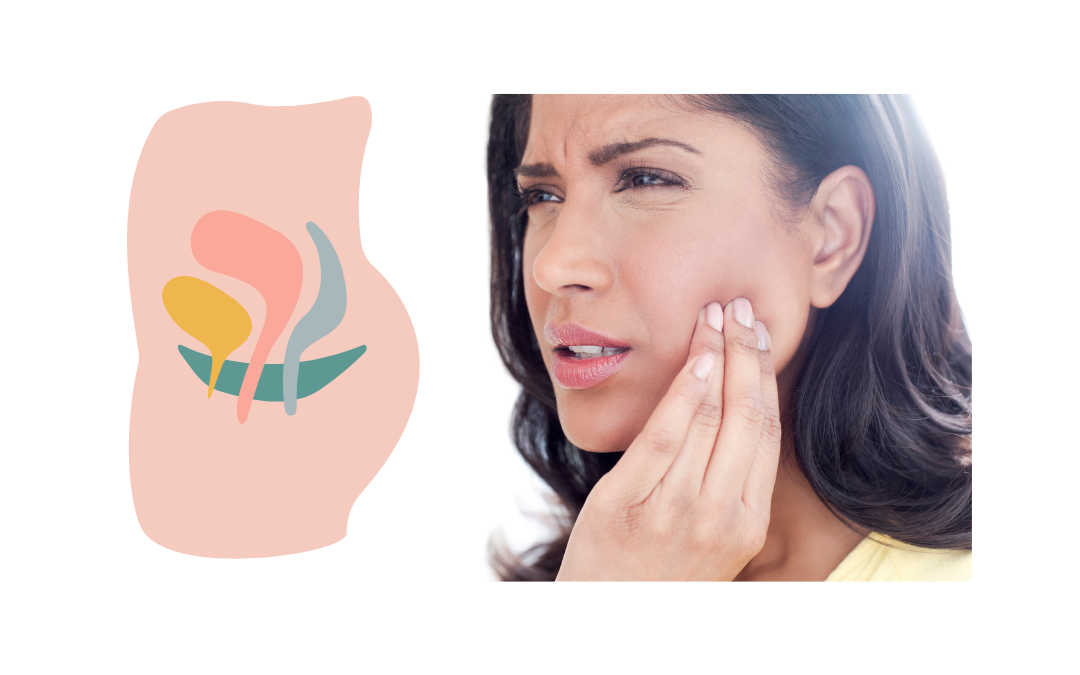As an osteopath we look at how the body functions (and more often doesn’t function) as a unit. This is highlighted in many areas of the body but your temporomandibular joint (TMJ) or jaw and your pelvic floor are a great example of this.
How so, you may ask? Well, the TMJ and the pelvic floor have a physiological connection, meaning that the alignment and function of each of them is intertwined.
Following fertilisation, at about day 15, called gastrulation, there are two depressions that form on an embryo. One of these becomes the oropharyngeal membrane (mouth and neck) and the other becomes the cloacal membrane, which then becomes the openings for the urinary, reproductive and digestive tracts. Even as the spine develops, these two membranes remain connected.
In addition to the embryological connection, there is a continuous fascial sheath (the connective tissue covering of our muscles and organs) that envelops the TMJ as well as the pelvic floor muscles.
So why is it important?
As more research comes out, we see a firmer connection between the function, or lack thereof, of the TMJ and the restriction in the hips, pelvis and dysfunction in the pelvic floor. Dentists report that as high as 90% of patients grind or
clench their jaws. That is a lot of people who may have under performing pelvic floors, contributing to common conditions such as low back pain and incontinence.
We also see that during the labour process relaxation of the jaw has a beneficial effect on the tone of the pelvic floor, improving the positive outcomes during a vaginal delivery. This is something midwives and doulas have been sprooking for a while now.
OK, I clench my jaw; what do I do now? Well, you’re not doomed to poor teeth and pelvic floor control – there are a number of tips we give clients to assist.
- Relaxation techniques
- This can include some direct release techniques using your fingertips in and around your mouth and cheeks.
- Meditative techniques like a body scan and deep breathing.
- Yoga poses like cat/cow to stretch the neck and the pelvis may be also useful.
- Treatment
- Allied health treatment, including muscle release and dry needling can be effective in treating a tight TMJ and relieving the symptoms associated with it.
- Outside assistance
- A customised TMJ splint on dentist recommendation may be helpful.
- In some circumstances a botox injection may be helpful. This would also be done in consultation with your dentist.
With long term jaw tension often a combination of the above is required and I would recommend seeking assistance from your dentist and allied health professional looking after this in combination with being aware of the connection it has with your pelvic floor control.

